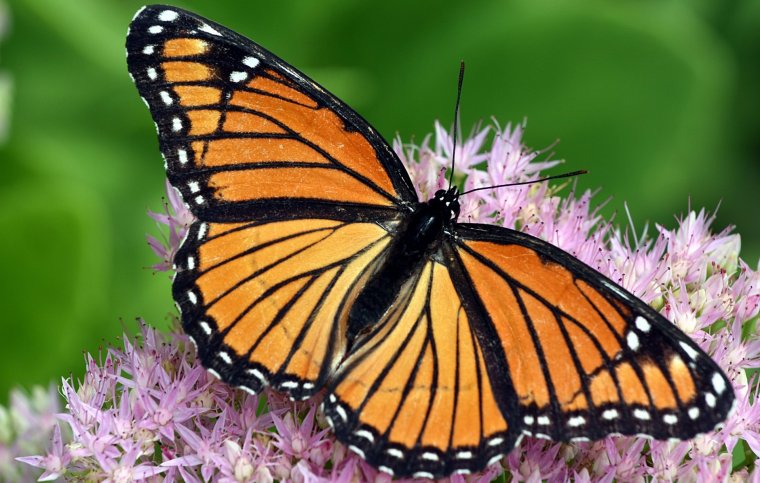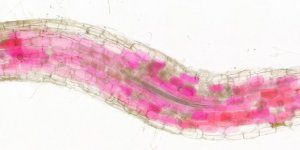| News / Science News |
Why is the eastern monarch butterfly disappearing?
Ecologists at Michigan State University led an international research partnership of professional and volunteer scientists to reveal new insights into what has been driving the already-dwindling population of eastern monarch butterflies even lower.

Monarch butterfly (Danaus plexippus). Photo: Chris Chow/Unsplash
Between 2004 and 2018, changing climate at the monarch's spring and summer breeding grounds has had the most significant impact on population decline, the scientists found.
The effects of climate change have been nearly seven times more significant than other contributors, such as habitat loss.
"What we do is develop models to understand why monarchs are declining and what's happening to biodiversity in general," said Erin Zylstra, the study's lead author.
The eastern monarchs migrate between Mexico and the eastern half of the U.S. and southern Canada every year -- with summer layovers in Michigan and other U.S. states. Since the mid-1990s, though, there has been a dramatic decline in their population.
"People have different hypotheses about why," said Elise Zipkin, the senior author of the study. "We tried to come in as an impartial team and put all these pieces together to parse out the contributions of various stressors."
With support from the U.S. National Science Foundation, the team analyzed data from more than 18,000 surveys of monarchs in different locations across the midwestern U.S., central Mexico and southern Canada between 1994 and 2018.
Most of these surveys were performed by local volunteers who helped count adult butterflies.
Added Elizabeth Blood, a program director in NSF’s Division of Environmental Biology, “This study highlights the global-scale effects of climate change on migratory animals, in this case, the monarch butterfly. It’s important to understand that local impacts can be influenced by changes occurring many thousands of miles away.” (National Science Foundation)
YOU MAY ALSO LIKE





